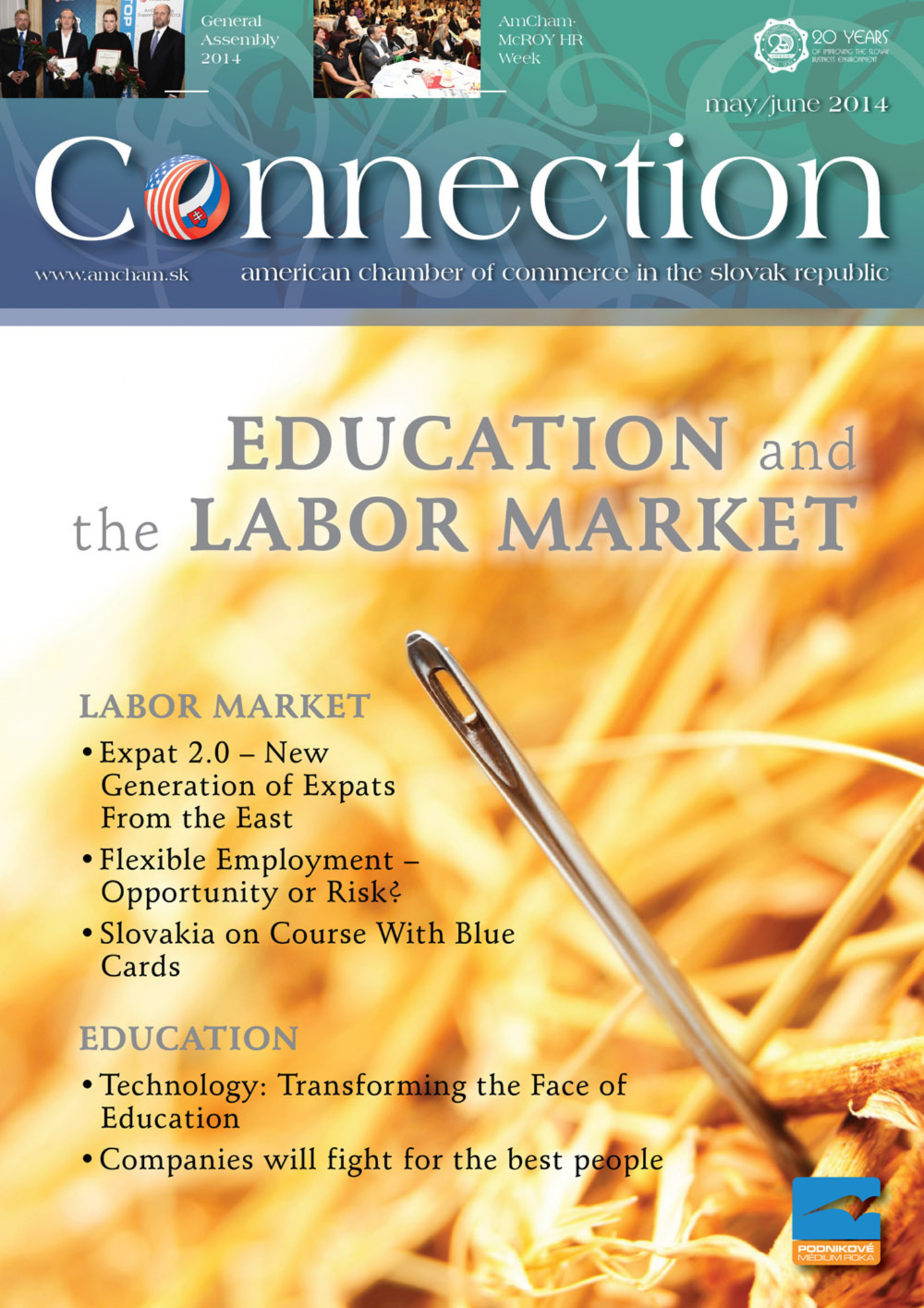The objective of the conference, organized by the Foundation for Children of Slovakia, the Association of S. Kovalik – Education for 21st Century and the Elementary School of J. A. Komenský, was to support the transformational process of traditional schools to those more suited to the 21st century.
Well-known educators, including Susan Kovalik, Patty Harrington, Táňa Piovarčiová, Erich Mistrík and Jana Nováčková, presented their ideas on how to improve the education system, and shared their experience and advice in practical workshops. The conference was also attended by headmasters and children from schools distinguished by alternative and innovative learning processes.
Children nowadays behave a bit differently than children did several decades or a hundred years ago, when the current schooling system was first created. The “School of the 21st Century” creates the conditions for children to learn naturally and willingly in an environment which develops their personalities as well as their creative potential, supporting their curiosity and enabling them to live more interesting, successful and happy lives.
Positive examples
Teachers that care about the future of the education system participated in the conference in order to inspire each other and share their experiences, however, teachers who are not yet applying this approach were also amongst them. They could see the potential of an innovative approach, and were able to learn something new and find inspiration to help them to apply a different approach in practice.
“School should help me to find something within myself that is unique and original, so that I can use this in both my personal and professional life in the future. We should not spoil the school experience for children from the beginning, because all children are looking forward to their first class. And this was also the biggest challenge of the Highly Effective Learning program for me – to help children to maintain their enthusiasm and to have a continuous interest in learning,” said Aneta Chlebničanová, program manager for education at Children of Slovakia Foundation, emphasizing the practical experiences which she had gained.
Highly Effective Learning brings three important elements to classes – creating a positive social climate, meaningfulness through learning in context, and using effective learning strategies based on cooperation.
He who wants to teach, needs to know how a brain works
The Highly Effective Learning model was developed by Susan Kovalik, more than 35 years ago. Thanks to researching how the brain functions, she figured out how and when we most willingly learn, as well as how and when it is easiest for us to do so. This is an important understanding so that the curriculum is based on real life and makes sense to both the student and teacher. According to her, we do not need any external motivation in the form of reward, recognition or punishment. The brain is able to reward itself. “I believe in the brain. I believe in humans. I do not want to say something to you forcibly. I have to give you the possibility to think and ask questions so that you want to learn new things, and so that you want to cooperate with others. This is the biggest difference when compared to classic teaching. Teachers are not only lecturing about a subject, they are here to show students how to think for themselves,” Susan Kovalik says.
According to her, the classroom needs to be a safe environment for students, meaning that they know at the beginning of each lesson what awaits them, so that they can prepare for it. “Classes should be divided into 90-minute blocks, and each day only one topic should be discussed. The best situation is when children learn from examples in a unique environment. For instance, when we take them to a television studio, and we can explain physics, mathematics or linguistics by way of example”.
Knowledge is important, but it is not everything
Our traditional education system accentuates a body of knowledge that children have to master by memory. Our education system does not just raise academic thinkers, it also raises future active citizens, and so the educational content has to be adapted to reflect this. Of course, knowledge is important, but nowadays many facts can be found on the Internet in less than a minute. Rather, it is important to teach children to work with information. To classify what is important and what is not important. And to know how to put things into context, as well as how to think critically.
What did the children think?
Besides the speakers, children from the Elementary School of J. A. Komenský in Bratislava, where teachers have already been utilizing methods of Highly Effective Learning for ten years, participated in the conference. “Children should like to go to school. They should enjoy being there,” said one of pupils, Jana, a year seven pupil. Her classmate, Martin, moved to this Bratislava school after three years at another school, so he can compare: “Everybody is learning at their own pace just as he or she needs. So it’s not like in a classic school, where we just sit at a desk and behave like robots.”
Martina Slušná, Manager of the “Hodina deťom” project & PR



Follow us